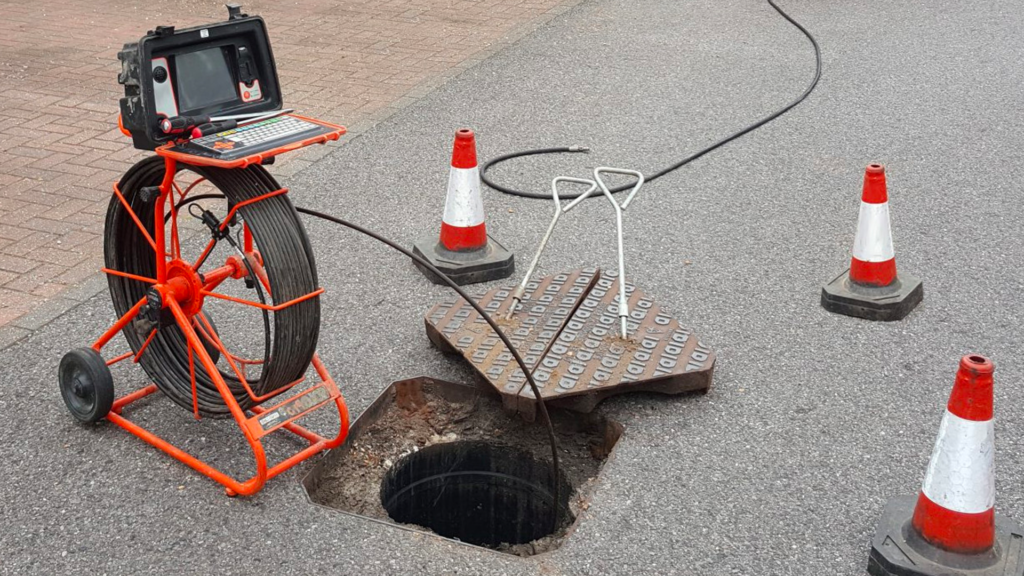Reclaim Waste Fundamentals Explained
Table of ContentsExamine This Report on Reclaim WasteNot known Facts About Reclaim WasteExcitement About Reclaim WasteThe smart Trick of Reclaim Waste That Nobody is DiscussingThe Best Guide To Reclaim Waste
Check out the kinds, occurrences, and types of fluid waste. Domestic sewer waste refers to the waste and products from a household septic tank. This sort of waste is developed by humans in residences, schools, and various other structures. This only includes septic tanks that have a drain field. The correct administration and disposal of residential sewer waste require fluid waste to be moved to a sewer therapy plant where the appropriate methods and devices are used to cleanse and deal with waste.
Business waste commonly includes possible threats, such as combustible materials or a blend of fluid and solid waste products, and calls for an advanced and in-depth disposal process. The disposal of business waste normally involves the purification of waste prior to transport to make certain safe and appropriate disposal. Hazardous waste is developed from byproducts and drainage of industrial processes and production.
This sort of waste can not utilize the very same sewer management transportation or processes as septic or business fluids. The industrial waste management procedure needs the inspection and testing of liquid waste before it goes through the disposal process (liquid waste disposal melbourne). Drainage waste is the liquid waste that originates from drainage and excess stormwater in extremely booming areas or cities
Overflow waste can cause contamination and flooding if not dealt with appropriately. Guaranteeing proper waste administration can protect against disasters and reduce environmental harm.
The Ultimate Guide To Reclaim Waste
Call PROS Solutions today to discover our waste administration and disposal services and the proper methods to take care of the fluid waste you produce.
(https://reclaimwaste1.carrd.co/)This so-called 'wastewater' is not only an essential resource but, after therapy, will certainly be released to our land, waterways or the ocean. Utilized water from bathrooms, showers, baths, kitchen area sinks, laundries and industrial processes is known as wastewater.

water utilized to cool down equipment or tidy plant and tools). Stormwater, a type of wastewater, is drainage that moves from farming and city areas such as roof coverings, parks, yards, roads, courses and gutters into website here stormwater drains, after rainfall. Stormwater streams neglected directly to local creeks or rivers, at some point reaching the ocean.
The Buzz on Reclaim Waste
In Queensland, most wastewater is treated at sewer treatment plants. Wastewater is transferred from residential or industrial websites through a system of sewage systems and pump terminals, called sewage reticulation, to a sewer therapy plant. Neighborhood federal governments build, maintain and operate most sewage therapy plants. Operators are licensed under the Environmental Security Act 1994 to discharge cured wastewater at an acceptable ecological standard right into rivers.
The Division of Natural Resources advises regional governments about handling, operating and preserving sewage systems and therapy plants. In unsewered locations, neighborhood governments may require homeowners to set up individual or household sewage treatment systems to treat residential wastewater from bathrooms, cooking areas, washrooms and laundries. The Department of Natural Resources authorizes the use of house systems when they are confirmed to be effective.
Most stormwater gets no treatment. In some new subdivisions, therapy of some stormwater to remove trash, sand and gravel has actually begun making use of gross pollutant catches. Wastewater therapy takes place in four phases: Removes strong matter. Larger solids, such as plastics and other things mistakenly released to sewage systems, are removed when wastewater is travelled through displays.
Wastewater then streams right into large tanks where solids clear up and are removed as sludge. Grease and scum are skimmed from the surface area. Utilizes tiny living organisms referred to as micro-organisms to break down and get rid of remaining liquified wastes and fine fragments. Micro-organisms and wastes are incorporated in the sludge. Gets rid of nitrogen and phosphorus nutrients that might create algal blooms in our rivers and endanger marine life.
Excitement About Reclaim Waste
Nutrient elimination is not available in any way sewage treatment plants because it needs expensive specialised equipment. It is ending up being extra common in Queensland. Clear liquid effluent generated after treatment may still have disease-causing micro-organisms. If this effluent is launched right into waterways such as rivers or the sea, the micro-organisms will eventually die out.

The majority of wastewater streams right into the sewage system. Under the Act, local federal governments carry out authorizations and licences for eco pertinent activities (Periods) including wastewater launches that might have a regional impact.
The Single Strategy To Use For Reclaim Waste
Monitoring offers factual info regarding water quality and can validate that licence conditions are being met. The information acquired with surveillance gives the basis for making water quality choices.